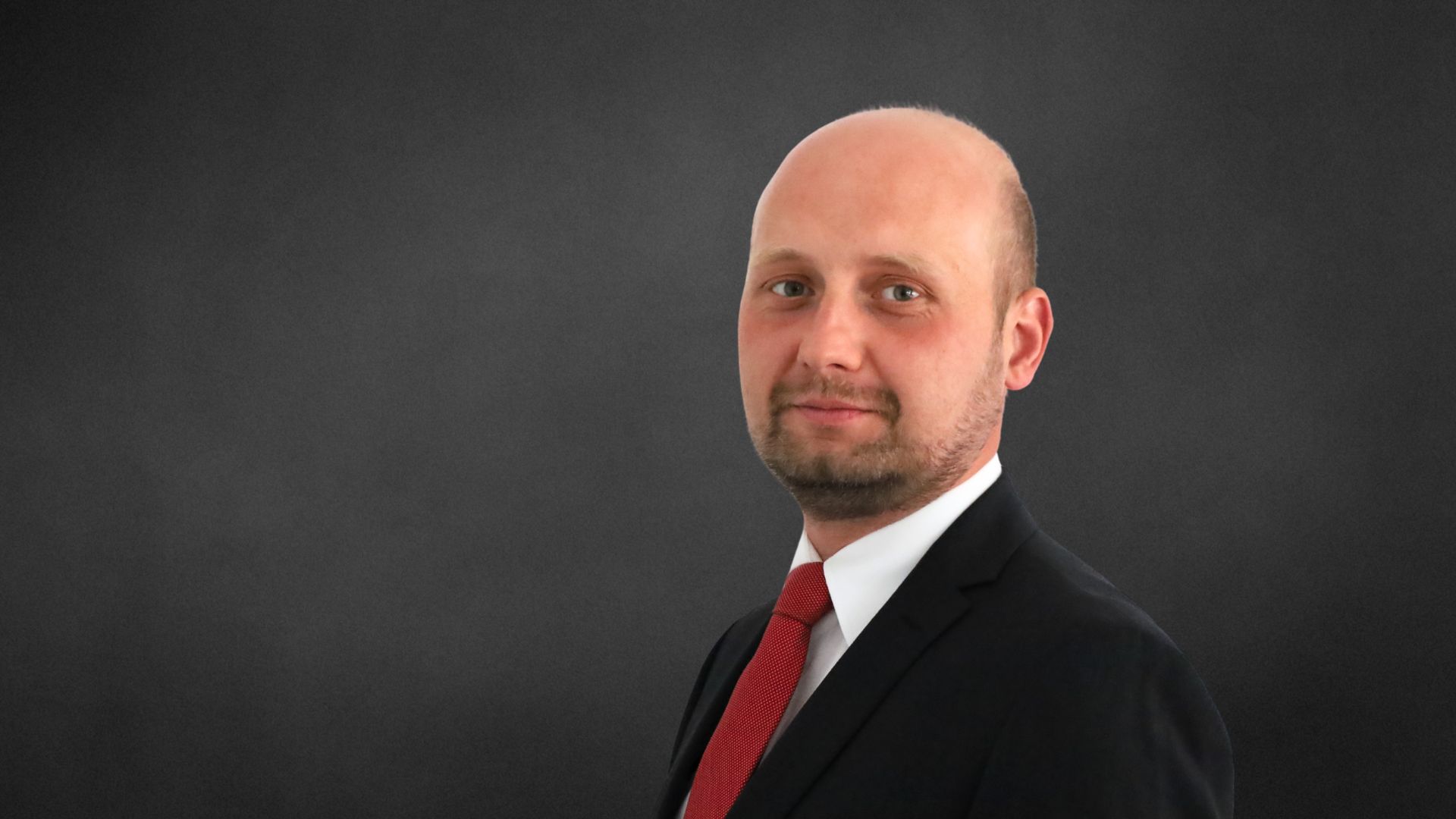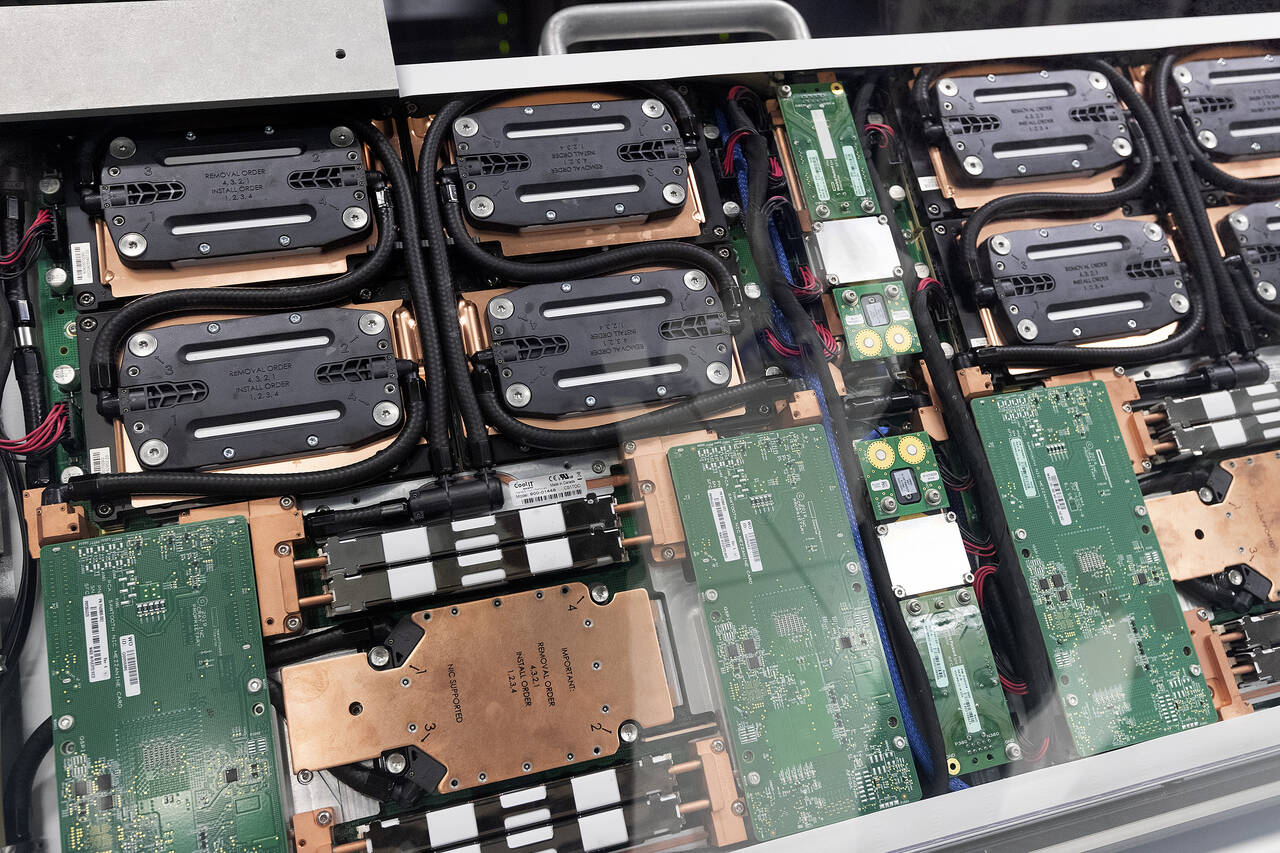EU Industrial Policy: Instruments Available at the National and EU Levels
Governments around the world are increasingly intervening in the economy. The EU also has moved towards a more active industrial policy in recent years. Its traditionally most important tool—regulation—is losing importance compared to financial support for companies provided at the level of the Member States and by the EU as a whole. It is advisable for Poland to support principles for the allocation of funds that do not lead to a widening of development disparities within the Union but benefit the EU as a whole, as well as individual countries.
 PASCAL ROSSIGNOL / Reuters / Forum
PASCAL ROSSIGNOL / Reuters / Forum
The rise in state intervention in the economy is due in part to the growing role of the traditionally interventionist China, the desire of developed countries to accelerate the green and digital transformations, and the strong government support for the economy in the wake of a series of crises (the COVID-19 pandemic, the war in Ukraine, the energy crisis, rising inflation). The most serious interventionist measures include Chinese subsidies for the production of electric cars and photovoltaic panels, and the U.S. Inflation Reduction Act (IRA). Increased interventionism is also encouraged by the U.S. blocking the WTO dispute settlement system since 2018, which has prevented the enforcement of General Agreement on Tariffs and Trade (GATT) provisions limiting subsidies. In an effort to adapt to these realities, the EU, in addition to regulatory changes, is loosening the rules of state aid granted by its members and increasing financial support to companies at the EU level. In doing so, it hopes to increase the competitiveness, innovation, and resilience of the EU economy, as set out in the European Economic Security Strategy published in June 2023.
National Level
Loosening of state aid rules began with the European Commission’s (EC) establishment of the COVID-19 Temporary Framework for State Aid in March 2020, which allowed large-scale subsidies or preferential loans to those affected by measures taken against the pandemic, among other things. In March 2022, the EC adopted a new framework (TCF) to support the economy in view of the consequences of Russia’s aggression against Ukraine, especially high energy prices. In March 2023, it replaced the TCF with the Temporary Crisis and Transition Framework (TCTF), which further allowed broad support for sectors crucial to the transition to a zero-carbon economy, including renewables and hydrogen energy production and storage. They were supposed to be in effect until the end of last year, but on 30 November 2023 the EC extended the possibility of granting energy price subsidies until mid-2024, and for transition support until the end of 2025, declaring these deadlines final. As a result of the changes, all state aid in the EU tripled, from about 0.8% of EU GDP (about €130 billion) in 2019 to about 2.5% of EU GDP (on average about €350 billion) in 2020 and 2021 (the EC estimates that the values for 2022 and 2023 were similar).
Sceptical of the EC’s current policy, the Baltic, Scandinavian, and Visegrad countries (including Poland), as well as Austria, Belgium, the Netherlands, Ireland, and others, called for it to be changed. They argued that the largest countries have more budgetary resources to support their companies, which distorts competition, causes fragmentation of the internal market, and leads to competition for subsidies within the EU itself, which in the long run damages the fiscal stability of the Member States. At the same time, some of them, especially those in the south of the EU, criticised the failure (due to funding disputes) to adopt the Sovereignty Fund, proposed by the EC in the Green Deal Industrial Plan in February 2023, which could have compensated for differences. SME associations, on the other hand, argued that loosening the rules would benefit large companies, whose greater resources (e.g., human resources) and lobbying power would enable them to compete more effectively for public funds. Germany and France, which account for 53% and 24%, respectively, of all aid approved by the EC under the TCTF, have been the main proponents of continued subsidisation. In their view, it facilitates global competition with Chinese or U.S. companies and the retention of some industries in the Union, especially energy-intensive ones. However, Germany’s approach may be affected by a ruling by the German Federal Constitutional Court in November 2023. It limited the ability to expand off-budget debt, resulting in a reduction in the funds assumed for the energy transition in 2024. This will make it more difficult for Germany to provide state aid on the current scale, and may make it more sympathetic to the EC’s view that policy should be more restrictive.
EU-Level Financing
The Green Deal industrial plan envisaged using existing EU funds (REPowerEU, InvestEU, and the Innovation Fund) and the new Sovereignty Fund to drive EU industrial policy. Due to the failure to establish the Sovereignty Fund, the EC announced in June 2023 the STEP (Strategic Technologies for Europe Platform) initiative to replace it. The EC estimated that STEP would “mobilise” around €160 billion in investment. This amount will not allow EU industrial policy to compete with U.S. or Chinese subsidies in the long term, especially since only a small part of it is to be made up of new funds (€10-13 billion, and this amount may be further reduced).
Although decision-makers in the EU institutions and Member States recognise the need to make EU industrial policy more ambitious, there is as yet no consensus on whether and how to finance it (options include increased Member State contributions, issuance of common debt, or the creation of a new source of EU revenue, such as a new tax or transferring part of the tax revenue to the EU level). Moreover, due to the low level of the dedicated funds, the amount mobilised is calculated using “multipliers”, which means taking into account additional money to be raised from financial markets, and is therefore overestimated. Furthermore, due to the lack of support for increased EU funding, new initiatives often use funds diverted from other sources (in the case of STEP, these include funds from the Recovery and Resilience Facility or the Cohesion Fund). This makes it difficult to assess the EU’s proposals and to compare them with the solutions of third countries, as the real amounts might be several times lower than the “mobilised” amounts quoted by the EC.
The way EU funds are distributed may also be a problem. If the evaluation criterion is exclusively past achievements and pre-existing capacity, this will in practice lead to discrimination against companies and economies with a shorter capitalist history. This may reinforce the position of actors and markets with an existing advantage, with the creation of European (and in practice, often Western European) “champions” and the deepening of inequalities within the EU. Such a phenomenon would be unfavourable for Poland and the countries that have joined the EU since 2004, as it would permanently lock companies with currently smaller capacities into the role of subcontractors, even if they had potential for faster development absent these interventions.
Conclusions and Recommendations
An active industrial policy, including aid at the state or EU level, is now a necessity due to the global rise of interventionism. It is desirable to allocate resources to it in order to compete with the U.S. and China. In practice, this will only be possible by increasing the pool of funds distributed by the Union and maintaining loose national state aid rules. However, an increase in inequalities between EU countries must be avoided. It is advisable for Poland to strive for the fair distribution of EU funds by the EC by introducing minimum funding levels (for countries or regions) or by focusing on potential rather than past achievements when allocating grants. Poland can count especially on support for this from the Baltic, Scandinavian, and Visegrad countries. In order to support the competitiveness of EU companies against third-country economic operators, it may also be helpful to introduce arrangements allowing the Member States and their contracting authorities to exclude entities subsidised by third countries and/or those wishing to use subsidised products from bidding in public procurements.
In negotiations within the EU, it should be borne in mind that even a weakening of the position of the Polish economy vis-à-vis Germany or France does not necessarily mean a loss in absolute terms. The effects may also be beneficial in relation to third countries (e.g., China) or other Member States (e.g., from the south of the EU). Due to the strong links between the Polish economy and the economies of Western European countries, especially Germany, state aid provided by them may also indirectly support the development of Polish industry. It is advisable for the government to carry out an analysis of the relationship between state aid in Western European countries and the Polish economy as soon as possible in order to be able to negotiate EU solutions in an optimal way.




.jpg)
.jpg)
